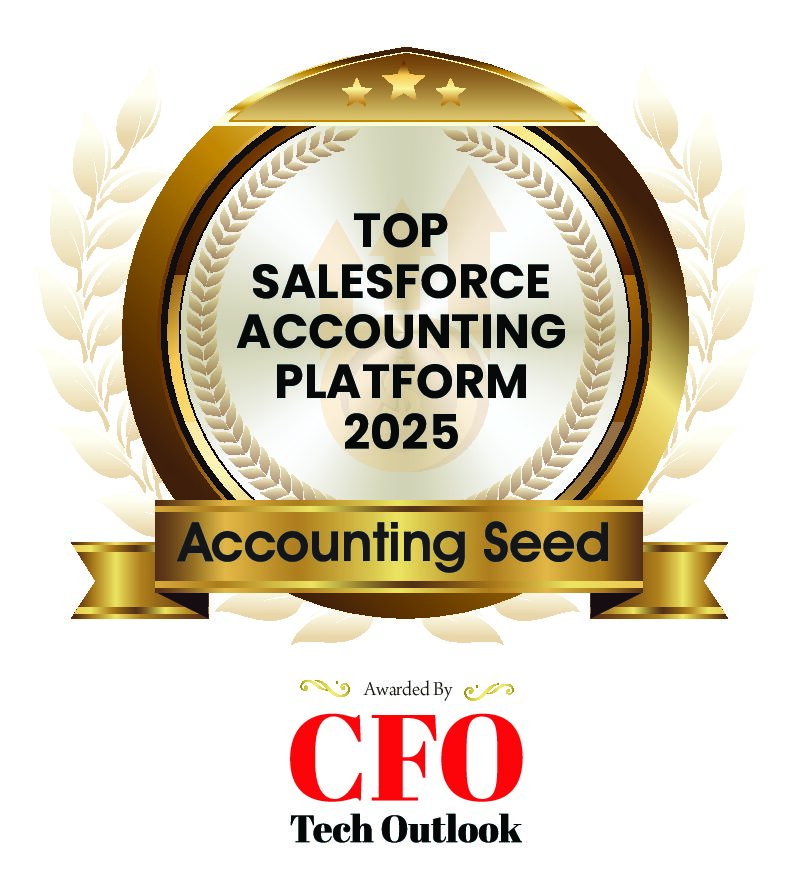
Salesforce automation is one of the defining aspects of the Platform©. Through the use of native solutions and reliable application programming interface (API), users have options to automate every facet of their workflow from sales to accounting. Let’s look at how Salesforce automation works and what makes it so awesome for business.

Click-not-code Automation
At the heart of Salesforce’s automation is click-not-code automation. This is one of the simplest, most time-saving forms of automation available on the market. This automation has also been referred to as configuration, point and click automation, and no code automation. Like the name suggests, an automated process can be developed by users in a way that once in place, a simple click is all that’s needed to initiate a sequence of events. Or, a process can be scheduled to run on its own once developed.
This automation also doesn’t require users to develop custom code to facilitate the automations. Instead, Salesforce provides drag-and-drop features prebuilt into the system. This is an immense timesaver for companies because accounting processes can be set up and implemented on the spot without the need of IT experts. Since complicated coding isn’t required, you also save money that would have been needed to hire someone to develop custom code.
Unsurprisingly, the convenience and cost-effectiveness has led to a rise in no-code automation. This offers significant advantages to multiple teams and allows financial teams to work more efficiently and with enhanced control over accounting processes. The time spent waiting for functionality to be developed is spent analyzing data and improving other internal processes.
How Does API Impact Salesforce Automation?
API consists of the fundamental protocols and IT definitions that enable applications to integrate and communicate with each other. It serves as an IT intermediary to relay data from one application to another in order to initiate an effect. API Salesforce architecture and API are designed around providing elements that let users build on top of the platform without writing a single line of code. This design element is also featured in native solutions, technology built on Salesforce, like Accounting Seed. This does two things.
-
- It makes the connections between your business IT tools resilient for a strong connection, which is more secure and way less prone to disruption. This also ensures that your automation triggers will activate smoothly and will consistently perform well.
- Salesforce’s open API is both strong and flexible. While the API is highly secure, protecting your data streams, this open API can be easily tailored around unique triggers, data requirements, and IT solution workflows. This gives you the ability to fully customize your automation. It can be as complex or as simple as you like, but much of this automation can be done without high-level IT help.
Let’s take a look at some automation tools.
Seamless Process Automation Tools
Salesforce is uniquely equipped to provide easy, high-level process automation in multiple different ways. In addition to its foundational platform features like click-no-code and Salesforce API, there are several tools you can use to implement a range of automations.
Salesforce Flow Builder
The Salesforce Flow Builder allows you to easily build complex automated processes with point-and-click automation. This toolset lets you engineer enterprise-scale automation with automated triggers, prebuilt solutions, and reusable building blocks.
One of the greatest advantages of Salesforce is the option to establish automated processes across all the different solutions both on and off the platform. Salesforce Flow lets you connect to data sources inside and outside of your Salesforce org by:
- Subscribing and publishing platform events,
- Leveraging powerful MuleSoft APIs and Apex classes,
- Configuring open API connections via External Service.
Organizations can also enhance employee productivity and customer experience with guided, automated interactions. These can be embedded everywhere, whether on a desktop, customer community, mobile device, or even external website.
Salesforce Process Builder
Salesforce Process Builder designs and automates repetitive actions like assigning tasks, sending, and record updates as standard processes. Instead of doing these tasks manually, you can configure these processes to your unique specifications so that they’re done on their own! Process Builder helps you automate your business processes and gives you a graphical representation as you build it.
Process Builder supports three types of automation processes. These types determine what triggers the process. They are:
- A record change process starts when a record is created or updated.
- An invocable process starts when something else, like another process, invokes it.
- An event process starts when a platform event message is received.
Each process consists of:
- Action groups, which consist of immediate or scheduled actions. Only record change processes support scheduled actions.
- Criteria that determine when to execute an action group.
Additional automations you can access and create include:
- Update any related record—not just the record or its parent
- Invoke a process from another process
- Create a record of any object type
- Use a quick action to create a record, update a record, or log a call
- and more!
Take Advantage of Salesforce Automation in Any Native Solution
Any Salesforce-based solution is equipped with these high-level automation functions out-of-the-box. Whether you need a sales, marketing, or an accounting solution, you can link them all through automation to get your work done faster, build stronger customer relationships, and maximize your data in only a button click!
Your Automated Accounting Solution: Accounting Seed
Accounting Seed is a modern, robust accounting platform powered by the Salesforce platform. We’re committed to breaking down silos and building connections in order to take your business to the next level. Part of how we do this is by embracing flexibility and automation in every aspect of our design. Schedule a free demo to begin our conversation.
To learn more about automation and how it enhances your accounting and organization’s workflow, check out our Accounting Automation Guide.
See Accounting Seed in action
Get a close-up view of how accounting on Salesforce can eliminate the need for costly integrations—and silos of mismatched information—by sharing the same database as your CRM.



